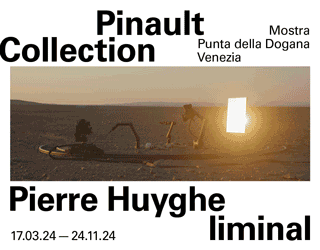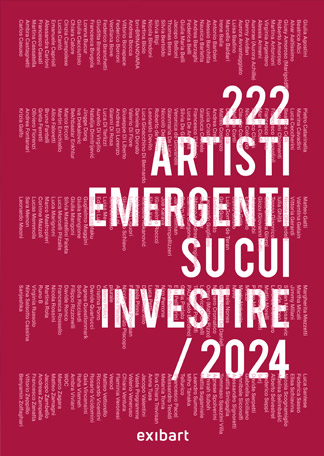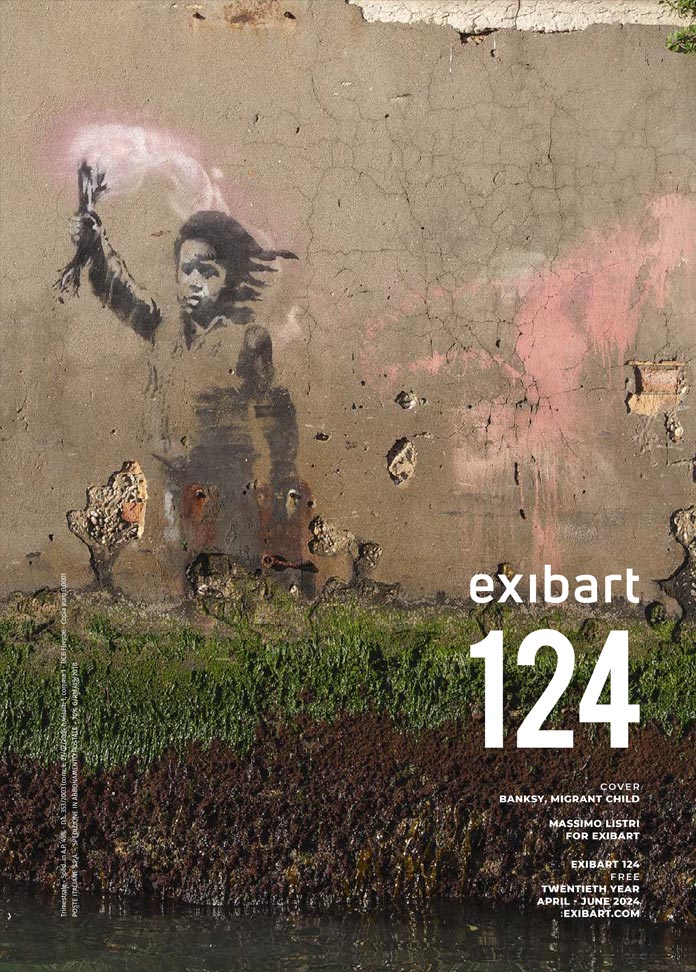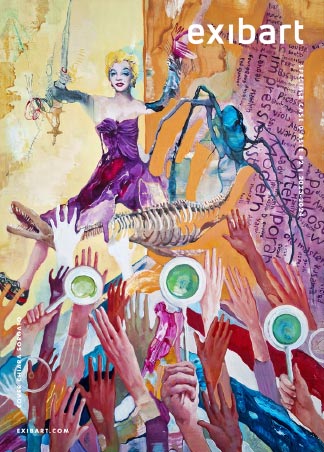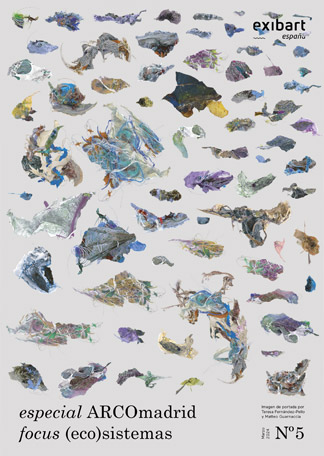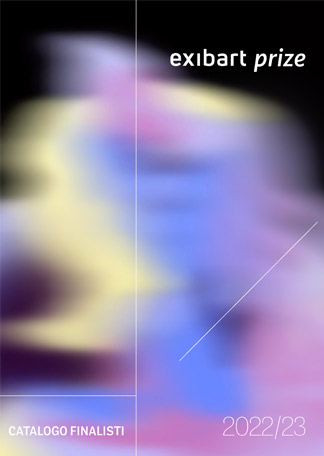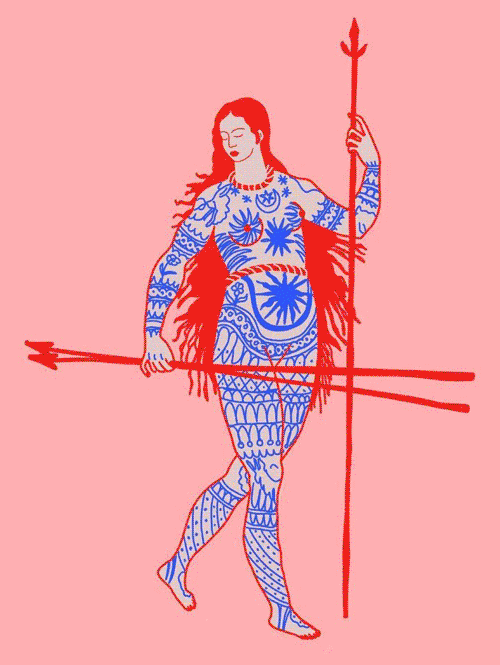-
- container colonna1
- Categorie
- #iorestoacasa
- Agenda
- Archeologia
- Architettura
- Arte antica
- Arte contemporanea
- Arte moderna
- Arti performative
- Attualità
- Bandi e concorsi
- Beni culturali
- Cinema
- Contest
- Danza
- Design
- Diritto
- Eventi
- Fiere e manifestazioni
- Film e serie tv
- Formazione
- Fotografia
- Libri ed editoria
- Mercato
- MIC Ministero della Cultura
- Moda
- Musei
- Musica
- Opening
- Personaggi
- Politica e opinioni
- Street Art
- Teatro
- Viaggi
- Categorie
- container colonna2
- container colonna1
Italy between the two wars: a particular point of view
The Italian Twentieth Century Art Museum
Seascapes, urban pieces, countryside landscapes: after the first world war the painting dedicates itself to the discovery of the surrounding environment that becomes a mystic place. From Carrà to Sironi, from De Pisis to Mafai: countryside, town, beach draw the mirror of the human heart
di redazione
In the Carrà marine escapes, representing sandy docks where only a solitary hut evokes the human presence, the painter is inspired by the figurative repertoire of the painting of Giotto and of the first period of the Fifteenth Century («Capanni al mare», 1941; «Veduta di Coreglia», 1925; Riviera, 1953).
Similar values can be found in the strong mountain landscapes of Mario Sironi, which are all modeled on the force of the forms, rather than on the force of the colour; these landscapes are endowed of an extraordinary monumentality, in spite of the little dimensions of the paintings («Paesaggio dolomitico», 1934; «Laghetto di montagna», 1928, «Paesaggio»).
The dull tonality of the industrial suburbs, Sironi’s favourite subject, prevailed over the nature, that seems to be subordinated to the modern needs of the humanity. In contrast to these paintings are the De Pisis views ( «Veduta di Cannes», 1931; «Paesaggio con cigno», 1947 ), swarming with life, colours and light, and able to evoke the sense of time flowing by and the transience of the present.
The sea is also the favourite subject of the views of Virgilio Guidi, discovered when the artist was in Venice in 1927 to teach at the «Accademia di Belle Arti». The yearning views of the channels and of the Venetian monument ( «Ponte dell’accademia», 1927; «Giudecca», 1928 Marina di Terracina, 1948, Essenzialità del mare, 1952 ) testify the long Venetian stay of the author.
Full of light and colours are the Roman views of Mario Mafai, cantor of the baroques magnificence and of the popular quarters of Rome ( «Paesaggio di Roma dal Pincio», 1937; «Bozzetto di Roma con le cupole», 1935; «Angolo di strada a Roma», 1940 ). The series of beautiful canvas illustrating the demolition of old quarters in order to open the new spaces necessary to the rhetoric of the power, assume today the historic validity of a document («Demolizioni», 1937).
As much important as the previous works appear the Sicilians paintings of Renato Guttuso, so colourful that evoke the heat of the sun of the south («Via Verdone a Bagheria», 1939, «Poggiolo con tenda»; «Contadini per strada»). With the same chromatic violence, the painter described the terrible massacre of the second world war. These works announce the political and cultural engagement of the Fronte Nuovo delle Arti (New Front of Arts) («Il Massacro», 1943 ).
Compared to these the delicate views of Monza and of its surroundings represented by Pio Semeghini appear more traditional, characterized by clear colours and rarefied atmosphere («Dalla mia finestra»; «Paesaggio verde»).
The countryside and the agricultural world play an important role in the work of the Italian masters of the first postwar period; they found in the rural world the idyllic landscapes of the childhood and in the value of the rural civilization the illusion of an eternal world which remains always the same. This feelings are provoked by the Apennine landscapes of Morandi, articulated on little chromatic variations, where the nature and the human constructions are in harmony («Paesaggio», 1936 ).
The Lombard countryside is the protagonist of most of the works performed in the 40’s by Renato Birolli, («Falce sull’aia», 1943; «Colli Euganei», 1942; «La cava sotto il monte», 1941 ). The mystic and visionary subjects of the 30’s, as the series of paintings dedicated to San Zeno, are replaced by the paintings of cultivated fields and rural life, marking a progressive approaching to the reality painting that will meet the origin of the movement “Fronte Nuovo delle Arti” after the end of the war. From 1938 to 1942, Birolli maintains the expressive force of the colour of the period of the adhesion to the movement of Corrente.
Similar characteristics can be found in the landscapes of Bruno Cassinari. In the «Paesaggio di Gropparello» of 1942 and in «Ruscello Verde» of 1941 he celebrates the familiar landscapes of Piacenza. The new-romantic tone of these works appear as a polemic response to the movement «Ritorno all’ordine» (Return to order).
A village dimension characterizes the paintings of the streets and of the landscapes near Florence depicted by Ottone Rosai ( «Il gelsomino», 1938; «Omino nella strada», «Case dietro i campi» 1940); the magic and the mystery of the high walls that hide olive fields or the garden of a villa is evoked in the representation of the quiet road, as the street S. Leonardo, nearby Forte Belvedere, where the painter had his study ( «Via S. Leonardo di giorno»; «Via S. Leonardo di notte», 1948 ).
Daniela Parenti
[exibart]









.jpg)








